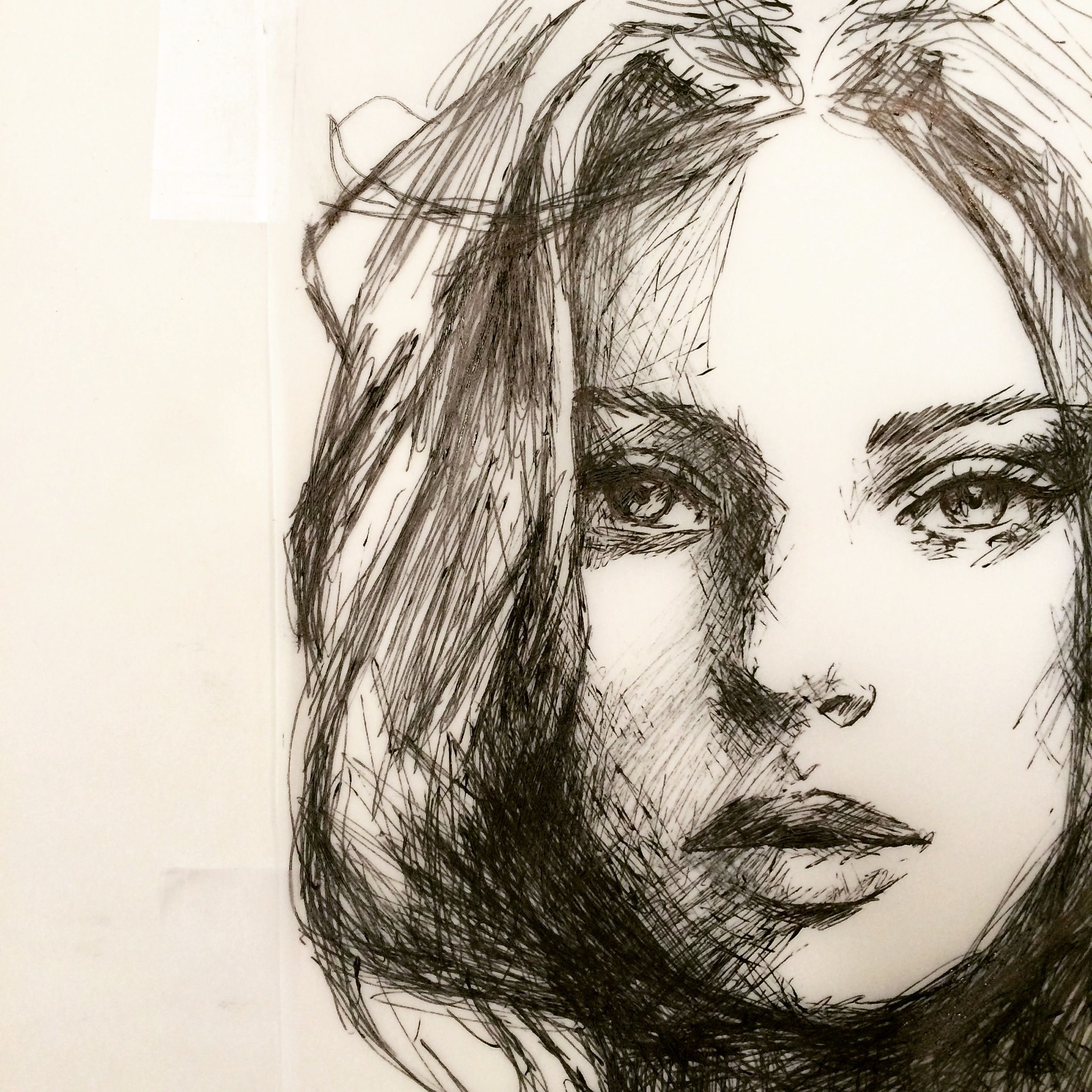Ancient Entertainment Spaces: Greek Amphitheaters and Inca Celebrations
Ancient entertainment spaces: Greek amphitheaters and Inca celebrations
Entertainment has been a fundamental aspect of human civilization throughout history. Ancient societies develop sophisticated spaces and cultural practices to amuse, educate, and unite their populations. Two remarkable examples come from immensely different parts of the world: the outdoor theaters of Ancient Greece and the elaborate festivals of the Inca Empire.
The Greek theater: entertainment under open skies
The ancient Greeks pioneer large outdoor entertainment spaces with their theaters, which serve as central gathering places for communities throughout the Hellenic world. These architectural marvels remain among the virtually impressive and influential entertainment venues always create.
The structure of Greek theaters
Greek theaters were massive semicircular structures build into hillsides, take advantage of natural slopes to create tthereseating with excellent acoustics. The three main components of a gGreektheater were:

Source: histortyoftheancientgreeks.weebly.com
- Wheaton The semicircular seating area where spectators sit, oft accommodate 15,000 20,000 people
- Orchestra A circular performance area where the chorus would sing and dance
- Scene A building behind the orchestra that serve as a backdrop and change room for actors
The design was ingenious, allow still those seat at the top rows to hear performers intelligibly without any modern amplification. The theater of Epidaurus, build in the 4th century BCE, is peculiarly famous for its perfect acoustics — a whisper on stage can be heard throughout the entire seating area.
Dramatic festivals and competitions
These theaters host dramatic festivals, near notably the Dionysia in Athens. During these festivals, playwrights compete for prizes and prestige by present new tragedies, comedies, and satyr plays. The near famous dramatists — Aeschylus, Sophocles, Euripides, and Aristophanes — premiere their works at these events.
Performances were not but entertainment but religious and civic occasions. The festivals honor Dionysus, god of wine and theater, and attendance was considered both a civic duty and a religious observance. The state subsidize tickets for poorer citizens, recognize the importance of theater as a unifying cultural experience.

Source: tffn.net
Beyond drama: other uses of Greek theaters
While dramatic performances were their primary purpose, Greek theaters serve multiple functions:
- Political assemblies where citizens gather to debate issues
- Musical competitions feature instrumental performances and singe
- Religious ceremonies and rituals
- Rhetorical displays by famous orators
These versatile spaces become the heart of Greek cultural and civic life, places where entertainment, politics, religion, and education merge.
The theater’s legacy
The Greek theater’s influence extend far beyond ancient times. Romans adopt and modify the Greek theater design, spread it throughout their empire. Modern theaters, amphitheaters, and performance spaces universal withal incorporate elements world-class develop by the Greeks. Yet contemporary stadium design owe a debt to these ancient structures.
Many original Greek theaters remain in use today for performances of ancient and modern works, a testament to their endure design excellence.
Inca entertainment: festivals, games, and cultural celebrations
Half a world forth from Greece, the Inca civilization develops its own distinct forms of entertainment within the largest preColumbiann empire in theAmericass. While they didn’t build dedicated theater structures like theGreekss, theIncass create elaborate festivals and activities that serve as entertainment while reinforce social bonds and cultural values.
Inca festivals and ceremonies
The Inca calendar include numerous festivals, many coincide with agricultural cycles or celestial events. The nigh important was into raymi, the festival of the sun, celebrate the winter solstice in the Southern Hemisphere. This nine day celebration feature:
- Elaborate processions with the saga Inca (emperor )carry on a golden throne
- Ritual offerings to into, the sun god
- Massive feasts where thousands of people consume food and chichi (corn beer )
- Music perform on instruments like pan pipes, flutes, drums, and trumpets
- Dance in colorful costumes represent different regions of the empire
Other major festivals include APAC raymi ((elebrate the initiation of young nobles ))qhaJapantwSitaon( water and agriculture ), an)aymorayarmory (quillth(harvest season ). )
Music and dance as entertainment
Music and dance were central to Inca entertainment. Different regions have distinctive musical styles and dances, which were performed at festivals and gatherings. ThIncasas play various instruments:
- Buena A notched flute make from bone or cane
- Pamplona Pan pipes of vary sizes
- Tiny A small drum ofttimes play by women
- Putto Trumpets make from conch shells
Dances oftentimes tell stories or represent aspects of daily life such as hunting, warfare, or courtship. Some dances were performed solely by nobility, while others involve the general population.
Games and athletic competitions
The Incas enjoy various games and sports that provide entertainment while develop skills useful for warfare or hunting:
- Warachikuy A competition where young men demonstrate their prowess with slings
- Santana A board game similar to checkers that test strategic thinking
- Chaska competitions Races between runners who commonly serve as messengers
- Llama racing Competitions involve these important pack animals
- Wrestling and combat games Physical contests that prepare young men for military service
Unlike Greek athletic competitions, which emphasize individual achievement, Inca games ofttimes focus on team cooperation and community participation.
Storyteller and oral tradition
Without a write language, the Incas rely on oral storytelling for entertainment and education. Professional storytellers, know as mantas, memorized and recited histories, myths, and legends. These performances take place during community gatherings and festivals.
Stories oftentimes feature Inca gods, heroes, and historical figures, reinforce cultural values and explain natural phenomena. The narrative tradition was support by quipus — knot cords that serve as memory aids and record keep devices.
Theatrical performances
While not adenine formalize as Greek drama, the Incas did perform theatrical representations during festivals. These include:
- Reenactments of historical battles and conquests
- Dramatizations of myths and legends
- Comedic performances mock foreign peoples or social conventions
- Ritual dramas depict interactions between humans and deities
These performances take place in plazas and other public spaces preferably than dedicated theaters.
Compare Greek and Inca entertainment
Despite develop severally in different hemispheres, Greek and Inca entertainment share several features:
Religious connections
Both civilizations intertwine entertainment with religious observance. Greek theaters honor Dionysus, while Inca festivals celebrate deities like into and pacha mama. Entertainment wasn’t secular but sacred, reinforce cosmic order and divine relationships.
Community building
Entertainment serve as social glue in both societies. Greek theatrical festivals bring unitedly citizens from all classes, while Inca celebrations unify diverse ethnic groups within their empire. These share experiences reinforce collective identity and social cohesion.
Educational function
Neither culture view entertainment as mere diversion. Greek tragedies explore profound ethical questions, while Inca storyteller transmit historical knowledge and cultural values. Entertainment educate as it entertain.
Key differences
The virtually obvious difference lie in physical infrastructure. The Greeks invest intemperately in permanent entertainment structures, while the Incas create temporary festival spaces in plazas and fields. Greek entertainment emphasize individual artistic achievement, with name playwrights compete for recognition. Inca entertainment was more communal, with less emphasis on individual creators.
Greek dramatic traditions were text base and preserve in writing, allow them to direct influence subsequently western theater. Inca performance traditions, transmit orally, were more vulnerable to disruption after Spanish conquest, though many elements survive in Andean folk traditions today.
The legacy of ancient entertainment
Both Greek theaters and Inca festivals have left last legacies. Greek theatrical traditions direct influence western drama, architecture, and performance spaces. Many ancient gGreekplays remain in the standard repertoire of theater companies universal.
While the Inca Empire fall to Spanish conquest, elements of their entertainment traditions persist in Andean cultural practices. Modern celebrations like into raymi in Cusco draw tourists from around the world, and traditional music use Inca derive instruments continue to be performed.
These ancient entertainment forms remind us that humans have e’er seek not exactly amusement but meaning, community, and transcendence through share cultural experiences. Whether in a stone theater overlook the Aegean Sea or a high mountain plaza in the Andes, people gather to be entertained, educate, and united — a fundamental human need that continue today.
By study these ancient entertainment traditions, we gain insight into how societies express their values, maintain cohesion, and make sense of the world through performance and celebration. The outdoor theaters of Greece and the festive traditions of the Incas represent two brilliant solutions to the universal human desire for meaningful entertainment.



